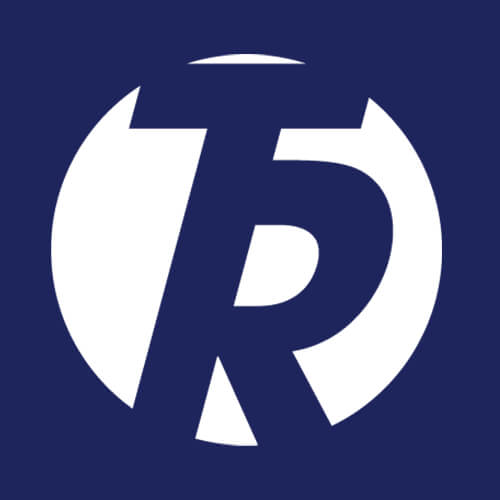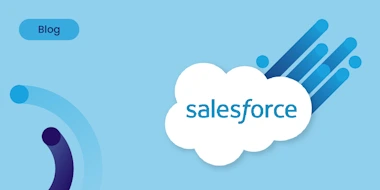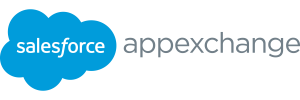Beyond the Coolness Factor: Why Staffing Firms Should Reconsider Their Technology Priorities

A recruiter’s success depends largely on candidate and client satisfaction, which is why staffing technology prioritizes improving candidate experience and client services. In fact, there are thousands of tech tools available today that do just that.
Unfortunately, back-office processes and operational systems critical to the smooth functioning of recruitment enterprises too often get pushed to the back burner in favor of the “cool” tools that excite recruiters and help account managers win more business.
As with utilities like plumbing and electricity, when something goes wrong with staffing business basics like payment and billing, cool front-office tools can’t help you. When payroll is late or riddled with errors, the firm’s reputation can take a nasty hit. When customers question billing accuracy, their satisfaction and brand loyalty are in jeopardy.
Adding a new software solution dedicated to one or even a few back-office functions may offer a short-term fix, but it won’t address long-term needs. To ensure a sustainable difference in your ability to operate more effectively and scale for growth, it’s time to consider a fully integrated enterprise solution.
Battling for Tech Dollars and Focus
Staffing firms spend millions of dollars every year on competing technology applications that promise to deliver a better candidate experience or a better match of candidate to corporate culture. Lots of talent acquisition technology options vie for the attention of staffing firms and their limited technology investment dollars.
Staffing leaders face difficult decisions when figuring out where to put their focus. Recruiters tend to vote for automation in candidate engagement, video interviewing, and the ability to communicate more effectively to nurture relationships. Operational specialists in other areas of the business lobby for better marketing automation, timekeeping systems, or digital onboarding capabilities. These are all good strategies for leveraging technology to increase competitiveness. The problem is that the strategies are often short-sighted and the technologies not necessarily compatible.
Taking an Enterprise View
Most people tend to stay in their own lane, looking for opportunities to improve the way they do their jobs and achieve their specific goals. They do not necessarily think about how the actions and priorities of others can impact their jobs nor how their agendas affect others or the enterprise as a whole. Consider these scenarios from the recruiter’s point of view:
- You invest in a great mobile technology that makes it easy for applicants to engage with you on the go, but the tech directs them back to your website to complete a traditional application or a lengthy assessment
- You deliver a fast and frictionless candidate experience that culminates in a complicated onboarding process
- You introduce a sleek new timekeeping application without upgrading legacy back-office processes that may struggle with data transfer and lead to mistakes or delays in payroll
What happens to candidate experience in these scenarios? Your employer brand will definitely take a hit. In each of these cases, the decision-makers were short-sighted. From a practical standpoint, they may have overlooked how a single application interacts with every other application it touches. Beyond the impact on candidate and employee experience, this kind of siloed thinking can lead to maintenance headaches and integration nightmares. That may be why more companies are now looking to consolidate all their resources on a single platform.
Why a Single Platform?
The main component of your staffing technology stack may evolve from a homegrown solution to a cloud-based front office. Along the way, however, most firms hang on to the legacy systems and point solutions they added over the years to enhance client and candidate experience, digitize the business, and improve operational efficiency. Such a technology roadmap shows a somewhat haphazard journey, with more stops based on the capacity of the gas tank than on any structured plan.
Aside from minimizing the burden of maintaining multiple legacy solutions alongside a host of newer cloud applications, a single comprehensive system can provide enterprise visibility and that elusive single source of truth from front office to back. What else can it provide?
- When you build your solution on a powerful platform, you can quickly and easily configure it to match your specific needs rather than rethinking your needs to match what the solution offers.
- You can leverage data coming from different applications.
- You can maximize efficiency.
- You can count on top-notch security.
- Perhaps most importantly, a secure, established platform provides opportunities to grow and adapt as your business needs change.
Prioritizing the Coolness Factor
If you were to rate the coolness factor of your technology priorities, getting all your applications to work together is likely not as exciting as introducing the latest chatbot or client portal. Prioritizing the platform on which you build your technology, however, can ensure every clever tool and smart application you deploy in the future is more likely to function optimally. That’s because integrating lots of different solutions into a highly flexible and powerful enterprise system gives you far more options and greater agility to adapt and grow in the future. How cool is that?






